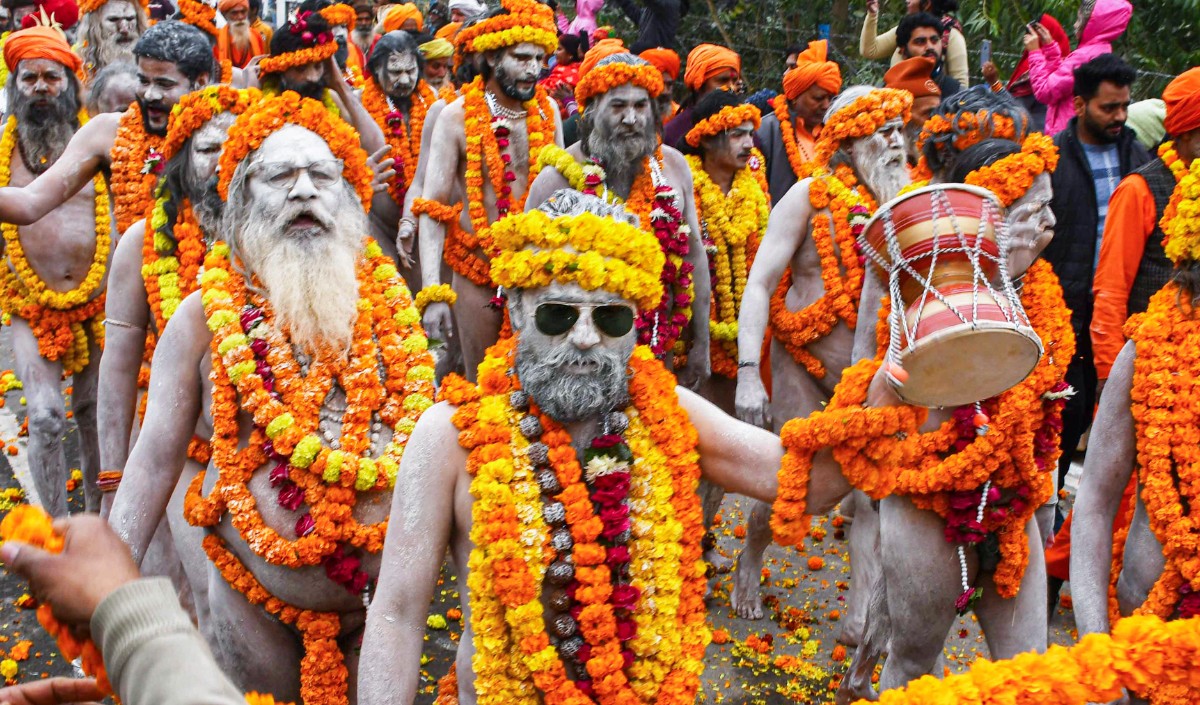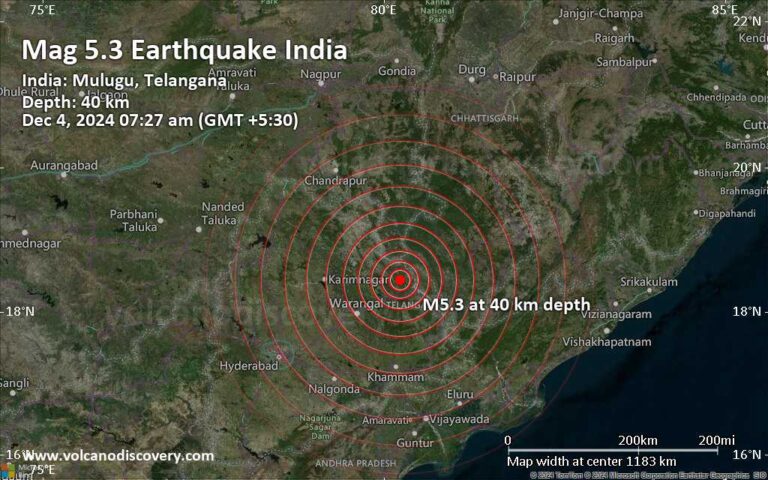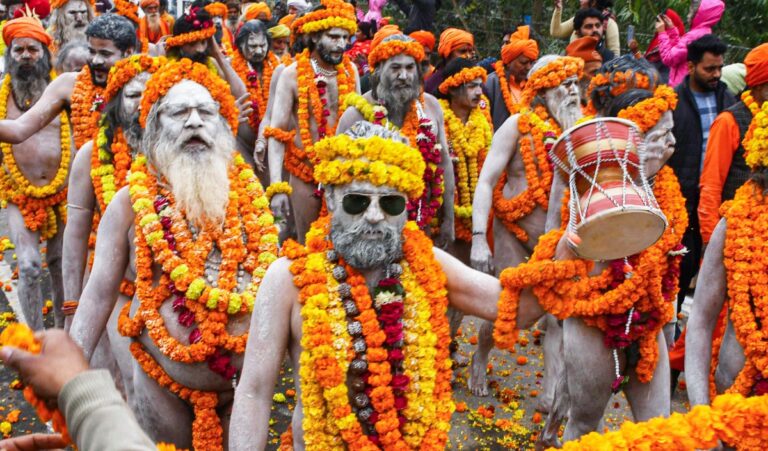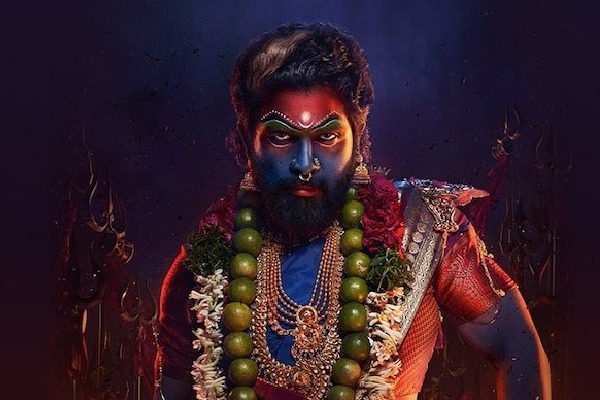

The Maha Kumbh Mela 2025 is set to be one of the most significant spiritual events in India, attracting millions of pilgrims, sadhus, and tourists from across the globe. This grand religious congregation, held every 12 years, will take place in Prayagraj (formerly Allahabad), Uttar Pradesh, at the confluence of the sacred rivers Ganga, Yamuna, and the mythical Saraswati.
Historical and Mythological Significance

The Kumbh Mela is deeply rooted in Hindu mythology and history. It is believed that during a cosmic battle between the gods (Devas) and demons (Asuras) over the nectar of immortality (Amrit), drops of the nectar fell at four places on Earth: Prayagraj, Haridwar, Ujjain, and Nashik. These locations became sacred pilgrimage sites, and the Kumbh Mela is celebrated at each of them in a rotational cycle. Prayagraj hosts the Maha Kumbh Mela, the most auspicious and grandest of all, once every 12 years.
Important Dates and Astrological Significance @Maha Kumbh

The Maha Kumbh Mela 2025 will commence on January 13, 2025, and conclude on March 11, 2025. The dates of the holy bathing days, known as Shahi Snans, are determined based on the Hindu lunar calendar and celestial alignments. The most auspicious bathing days are:
- Makar Sankranti (January 14th, 2025)
- Mauni Amavasya (January 29th, 2025)
- Basant Panchami (February 02nd, 2025)
- Maghi Purnima (February 12th, 2025)
- Maha Shivaratri (February 26th, 2025)
On these days, millions of devotees take a dip in the sacred waters, believing it purifies their souls and leads to moksha (liberation).
Key Highlights of the Maha Kumbh Mela 2025

- Spiritual and Cultural Activities: The event will feature spiritual discourses, yoga sessions, devotional music, and theatrical performances that showcase India’s rich cultural heritage.
- Processions of Akharas: The Akharas, traditional sects of Hindu ascetics, play a pivotal role in the Kumbh Mela. Their grand processions, led by Naga Sadhus (naked ascetics smeared in ash), are a spectacle of devotion and discipline.
- Pilgrim Facilities: The Uttar Pradesh government has announced extensive preparations for the event, including improved transportation, sanitation, medical services, and accommodations to ensure the safety and comfort of the pilgrims.
- Digital and Technological Innovations: For the first time, advanced technologies such as AI-powered crowd management systems, live-streaming of events, and dedicated mobile apps will be employed to enhance the pilgrim experience.
Global Appeal

The Maha Kumbh Mela has gained recognition as one of the largest peaceful gatherings in the world. It was inscribed on UNESCO’s Representative List of the Intangible Cultural Heritage of Humanity in 2017. The 2025 edition is expected to attract international tourists and spiritual seekers, drawn by its unparalleled scale and profound spiritual essence.
Types of Sadhus in Maha Kumbh Mela

The Maha Kumbh Mela is renowned for its vibrant congregation of sadhus, who represent various sects and paths of spiritual practice. Some of the prominent types of sadhus who participate include:
- Naga Sadhus:
- Known for their austere practices, they renounce worldly possessions and live naked, symbolizing their detachment from material life.
- They are often seen covered in ash and are known for their martial skills.
- Aghori Sadhus:
- Associated with intense and unconventional spiritual practices, they seek enlightenment by embracing what society typically avoids, such as cremation grounds.
- They are devotees of Lord Shiva and often engage in deep meditation and rituals.
- Urdhwavahur Sadhus:
- These ascetics practice extreme physical austerities, such as keeping one hand raised for years or standing continuously for long durations.
- Their practices symbolize devotion and transcendence over physical pain.
- Parivrajak Sadhus:
- Wandering monks who travel continuously without staying in one place for long, embodying the ideal of detachment and simplicity.
- Kalpvasis:
- Pilgrims who temporarily renounce their worldly lives during the Kumbh Mela to live on the banks of the river, dedicating themselves to prayer, fasting, and meditation.
- Sanyasis and Vaishnavas:
- Devotees of Lord Vishnu or Krishna, often dressed in saffron or white robes, practicing devotional worship and chanting.
- Tantric Sadhus:
- Practitioners of Tantric rituals, seeking spiritual awakening through esoteric practices and mantras.
Union Home Minister Amith Shah at Maha kumbh mela visited Prayagraj on January 27, 2025

Union Home Minister Amit Shah visited Prayagraj on January 27, 2025, to participate in the ongoing Maha Kumbh Mela. He took a holy dip at the Triveni Sangam, the confluence of the Ganga, Yamuna, and Saraswati rivers, accompanied by Uttar Pradesh Chief Minister Yogi Adityanath and yoga guru Baba Ramdev. After the ritual bath, Shah performed aarti along with his wife, Sonal Shah, and son, Jay Shah. He also interacted with seers from various Akharas and performed puja.
Maha Kumbh: HM Amit Shah takes dip at Sangam

Prior to his visit, Amit Shah expressed his anticipation on social media, highlighting the Maha Kumbh as a unique symbol of Sanatan culture and harmony. The event, which began on January 13 and will continue until February 26, 2025, has already seen over 110 million pilgrims and is expected to attract more than 450 million visitors by its conclusion.
Importance of Mauni Amavasya in Kumbh Mela

Mauni Amavasya is the most sacred and significant bathing day (Shahi Snan) during the Kumbh Mela, attracting millions of devotees, saints, and spiritual seekers.
1. The Most Auspicious Bathing Day (Shahi Snan)
- During Kumbh Mela, Mauni Amavasya marks the largest gathering for the holy dip at the Triveni Sangam in Prayagraj.
- It is believed that on this day, the Ganga, Yamuna, and the mystical Saraswati rivers are charged with divine energy, and taking a bath in these waters grants moksha (liberation) and washes away sins.
2. Astrological Significance
- Mauni Amavasya occurs when the Sun and Moon align in Capricorn (Makar Rashi), making it one of the holiest moments for spiritual purification.
- According to Hindu beliefs, this planetary position enhances the spiritual benefits of taking a holy dip.
3. Silence and Spiritual Practice
- The name “Mauni” comes from “Maun”, meaning silence. Many devotees observe Maun Vrat (vow of silence) to enhance spiritual discipline and inner peace.
- It is believed that keeping silence on this day increases spiritual power, concentration, and self-purification.
4. Mythological & Religious Importance
- As per Hindu scriptures, Rishi Manu, the first human in Hindu tradition, is said to have performed deep meditation (tapasya) on this day.
- The sacred waters of the Sangam are believed to turn into nectar (Amrit) on Mauni Amavasya, making it the most powerful day to bathe during Kumbh Mela.
5. Gathering of Saints and Akharas
- The Shahi Snan (royal bath) is led by Naga Sadhus, saints, and Akharas (Hindu monastic orders) in a grand procession, creating a majestic and divine atmosphere.
- Devotees consider witnessing or participating in this ritual as a once-in-a-lifetime spiritual blessing.
Mauni Amavasya in the Upcoming Kumbh Mela
📍 Next Purna Kumbh Mela: Prayagraj (2025)
📅 Mauni Amavasya Date: January 29, 2025
Would you like guidance on visiting Kumbh Mela for Mauni Amavasya? 🚩
Shankaracharya on Mauni Amavasya in Kumbh Mela

Shankaracharya on Mauni Amavasya in Kumbh Mela
The Shankaracharyas, who are the spiritual heads of the four major Hindu monasteries (mathas), play a crucial role in the Kumbh Mela, especially on Mauni Amavasya, which is the most sacred bathing day of the festival. Their guidance and discourses influence millions of devotees.

1. Spiritual Significance According to Shankaracharyas
- Mauni Amavasya is the Ultimate Day for Spiritual Cleansing
- The Shankaracharyas emphasize that on this day, the Sangam waters turn into Amrit (nectar), making it the best time for a holy dip (Shahi Snan).
- They highlight that the alignment of celestial bodies enhances the spiritual power of bathing and chanting.
- Silence (Maun) and Inner Realization
- The Shankaracharyas teach that keeping Maun (silence) on this day leads to self-purification and deeper spiritual awakening.
- According to Advaita Vedanta, as expounded by Adi Shankaracharya, true silence is not just external but also internal—stilling the mind and connecting with the divine.
2. Role of Shankaracharyas in Kumbh Mela on Mauni Amavasya
- The Shankaracharyas of Jyotirmath, Govardhan Math, Dwarka Math, and Sringeri Math lead spiritual discourses, religious debates, and blessings during Kumbh Mela.
- They guide millions of devotees on Dharma, Vedanta, and the importance of self-discipline.
- Their public addresses inspire people to follow Vedic traditions and understand the deeper meaning of Mauni Amavasya and Kumbh Mela.
3. Shankaracharyas’ Views on Rituals of Mauni Amavasya
- Shahi Snan (Royal Bath): They emphasize that the first dip by saints and sadhus purifies the water, allowing devotees to receive maximum benefits.
- Vedic Yajnas & Satsangs: They conduct fire rituals (yajnas), Gita discourses, and Upanishadic teachings during this period.
- Donation & Seva: They stress the importance of charity, serving the needy, and practicing austerity to gain true spiritual merit.
4. Recent Statements by Shankaracharyas on Mauni Amavasya & Kumbh Mela
- In previous Kumbh Melas, Shankaracharyas have spoken about the need to preserve Hindu traditions, the importance of unity, and protecting the sacred rivers.
- They also address contemporary issues such as environmental conservation, moral values, and the relevance of Sanatan Dharma in modern life.
Upcoming Kumbh Mela & Mauni Amavasya
📍 Next Purna Kumbh Mela: Prayagraj (2025)
📅 Mauni Amavasya Date: January 29, 2025




